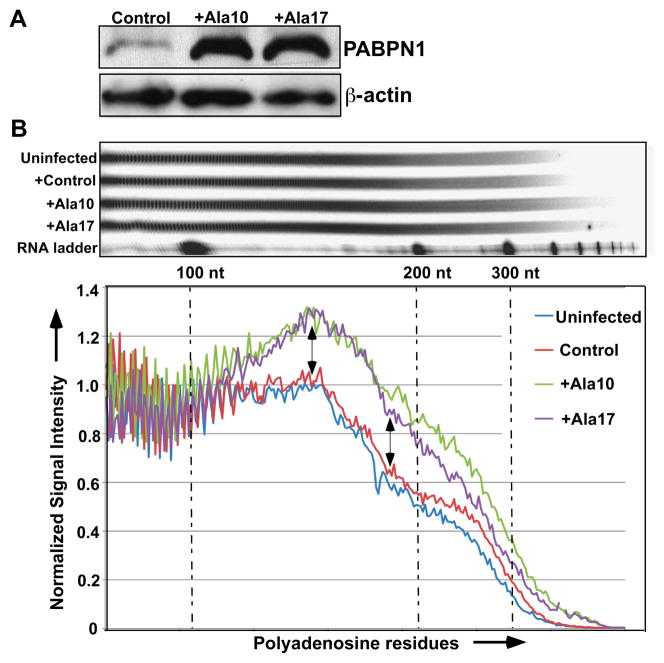Fig. 3. Overexpression of wildtype or mutant PABPN1 similarly impacts poly(A) tail length in murine myoblasts.
Pure cultures of primary mouse myoblasts from limb muscles were infected with retrovirus expressing wildtype (Ala 10) or expanded (Ala 17) murine PABPN1. As a control, cells were infected with retrovirus carrying an empty vector (Control). (A) Protein extracts were analyzed by immunoblotting to confirm expression of PABPN1. β-actin serves as a loading control. Protein extracts from myoblasts infected with retrovirus carrying an empty vector show the level of endogenous PABPN1 in these cells. (B) Representative distribution and graphical representation of bulk poly(A) tails from murine myoblasts expressing wildtype (Ala 10) or expanded (Ala 17) PABPN1. Total RNA was labeled with [32P] cytidine 3′, 5′-bis(phosphate) using T4 RNA ligase and digested with RNase A/T1. Samples were resolved by electrophoresis in denaturing polyacrylamide gels and exposed to radiographic film. The resulting audioradiogram was scanned to generate the graphical representation shown below which plots the signal intensity relative to polyadenosine tract length. The positions of 100, 200, and 300 nucleotides (nt) are indicated. Cells overexpressing either wildtype (Ala10, green) or expanded (Ala17, purple) PABPN1 show longer bulk poly(A) tails when compared to uninfected myoblasts (blue) or myoblasts infected with control retrovirus (red).

